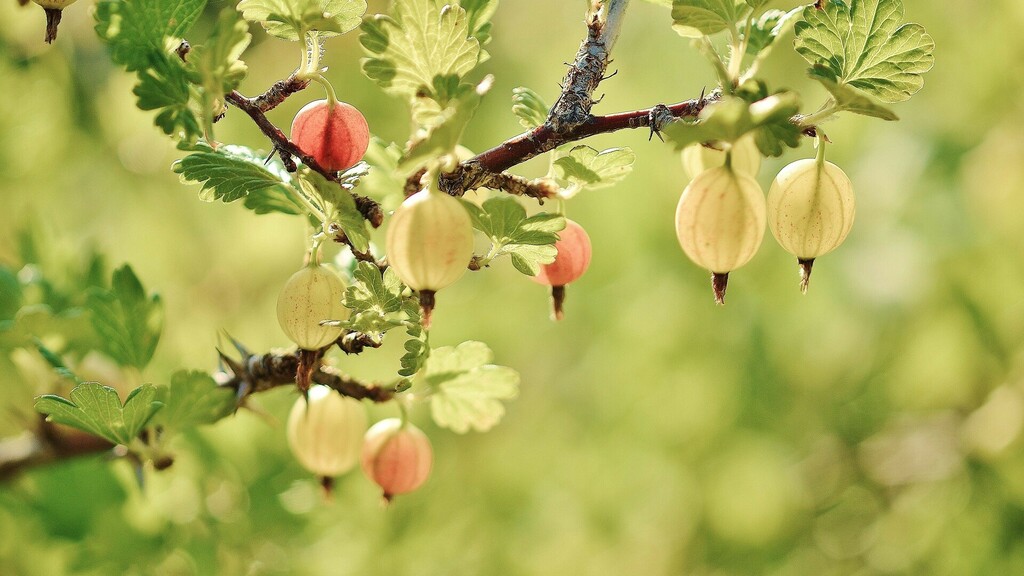Diversity in Dynamic Agroforestry
Diversity in a dynamic agroforestry is one of the most important principles. The high diversity favours the growth and stability of the system. Many plants promote each other by providing shade, protecting against wind or exchanging microorganisms in the root environment.
The diversity of plants
The diversity of plants refers to:
- Species diversity: genus (trees, shrubs, grasses, etc.) or by species (conifers, deciduous trees, etc.) or families (composite plants, umbellifers, etc.)
- Elements: Roots, flowering, ripening/harvesting, lifetime, nutrient requirements, height of growth, etc.
- Succession:
- pioneer (<6 months, potato, pea)
- Secondary I (<2 years, chard, parsley)
- Secondary II (<20 years, elderberry, raspberry)
- Secondary III (<100 years, apple tree, birch)
- Primary (>100 years, oak, beech).
The greater the biodiversity, the more stable and healthy a planting system generally is.
High planting density
Nature leaves no space unused, neither horizontally nor vertically. In Dynamic Agroforestry, dense planting is therefore used to make the best use of the space. Of course not all plants like to grow together, but in most cases high density promotes dynamic growth and plant health.
A few examples:
- Roots: The roots of different species interlock and promote each other, giving off mycorrhizae. Since different plants need different nutrients, they do not interfere with each other.
- Defence against diseases: Local plants have developed certain substances to repel typical predators. They thus also protect the crop plants.
- Wind protection: If the plants are close together, the flowers are not blown off in strong winds and the young trees are not uprooted.
- Heat: With higher density, the plot warms up faster and the plants grow faster;
- Biomass: More plants, more biomass, more cuttings and thus organic material for the soil.
The high density in a dynamic parcel therefore has many advantages. Timely pruning is important for the plants to remain healthy and grow well and produce enough yield.
First steps to more diversity in dyn. agroforestry:
Instruction planting a tree
First steps to more density in dyn. agroforestry:
Studying nature

